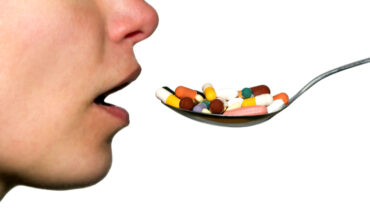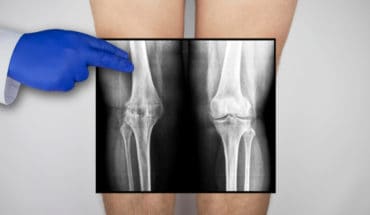The Olympic Games in Rio officially open later today yet already we have been embroiled in degrees of controversy. At the forefront is the controversy surrounding doping. We are playing a cat and mouse game with the doping cheat – we develop new and more sensitive tests for the latest doping agents, and in response, they try to circumvent those tests by developing new drugs and new doping regimes. Thus we go round in a cat and mouse circle of detection and avoidance. We are playing a game of catch-up in which we are greatly assisted by whistleblowers, insiders who pass new drugs onto the World Anti-Doping Agency (WADA), or provide information on doping procedures employed, quite often at great risk to themselves. With their help, drug testing in sport is improving, and we are catching more and more doping cheats. Competitors tempted to cheat are beginning to discover that there is always the chance that they will eventually be discovered, no matter how long after the fact.
Drugs used in sport can be divided into three broadly-defined classes: performance enhancers, recovery enhancers, and masking agents.
Recovery enhancers
Recovery enhancers – primarily pain killers – are drugs which increase the rate at which an athlete recovers after training. Opiates such as codeine are allowed by WADA, however codeine requires metabolism by the body to produce morphine, the pharmacologically-active form of the drug, and as such is subject to significant athlete-to-athlete variation in efficacy, as well as being much slower-acting. Because of this, morphine has been used as a recovery enhancer due to its increased potency; the marathon runner Ambesse Tolosa was given a 2 year ban for the use of morphine in 2008.
Masking agents
Masking agents are drugs, commonly diuretics, which increase the rate at which a co-administered performance-enhancing drug is cleared from the body by preventing water reabsorption in the kidney, thus making detection much more difficult. The middle distance runner Amine Laȃlou was banned for 2 years in 2012 for taking furosemide in order to hide the presence of a performance-enhancing drug.
Performance enhancers
Performance enhancing drugs are probably the class of drugs most of us are familiar with. They are designed to increase muscle mass, endurance and stamina, and have replaced more traditional methods of enhancing performance. For example, blood doping via the transfusion of blood (usually enriched blood cells) into a competitor a week or so before competition was the mainstay of endurance sports such as cycling during the 1970s until the 1990s. Transfusions were designed to increase oxygen transport to muscles by increasing the number of red blood cells and thus improve performance and stamina. Homologous blood doping can be detected relatively simply; as blood is donated from another person, the differences in protein antigens on the surface of red blood cells can be detected and thus the presence of blood from more than one person can be shown.
With the advent of blood doping drugs such as recombinant human erythropoetin (rhEPO), which increase red blood cell production without causing anaemia, transfusions have become much less common. The use of rhEPO also produces much more reliable results in terms of performance enhancement; it has been shown to increase performance by up to 54% in laboratory trials. Because naturally occurring EPO is different from rhEPO, it is relatively easy to detect – if one has a sample of the rhEPO to compare against, that is. rhEPOs can differ greatly from batch to batch; although naturally-occurring EPO and rhEPO have the same protein sequence, different rhEPO manufacturing processes lead to differences in the amount of sugar residues attached. Hence they represent one of the greatest challenges to the drug tester – you need to have the specific rhEPO so you know what it is you are looking for.
Anabolic steroids such as testosterone are a favourite of athletes, in particular sprinters, where increased muscle mass is required. Testosterone doping is detected by measuring the testosterone:epitestosterone (T:E) ratio, which is usually 1:1 but in athletes can be as high as 4:1, which is the WADA limit.
It is in the detection of the synthetic steroid that whistleblowers can prove so crucial. The steroid THG, developed by Patrick Arnold, was used extensively by track and field athletes during the early 2000s because it was invisible to the standard doping tests. However, in 2003, US sprint coach Trevor Graham provided a syringe of THG to the US Anti-Doping agency which was used to develop a test. Retrospective testing of samples subsequently produced several positive results, including many high-profile athletes such as Marion Jones and Dwayne Chambers.
So keep an eye out for drug doping stories during the Olympics. I am sure that significantly more doping cheats will be caught at this Games compared to previous ones, not just due to the increased media focus upon drug doping but also to the continued improvements in the science of our doping tests. As samples are kept for at least 8 years, it is likely that with both improvements in testing and the help of whistleblowers like Yuliya Stepanova, whose evidence recently helped to lift the lid upon the Russian state-sponsored doping programme, more and more cases of drug doping will be caught. Let’s just hope that people like her and Trevor Graham continue to come forward, otherwise we may find it more difficult to catch the cheats in the future.
This blog was originally published on the Royal Pharmaceutical Society blog.
- You can run, but you can’t hide - 8th August 2016







